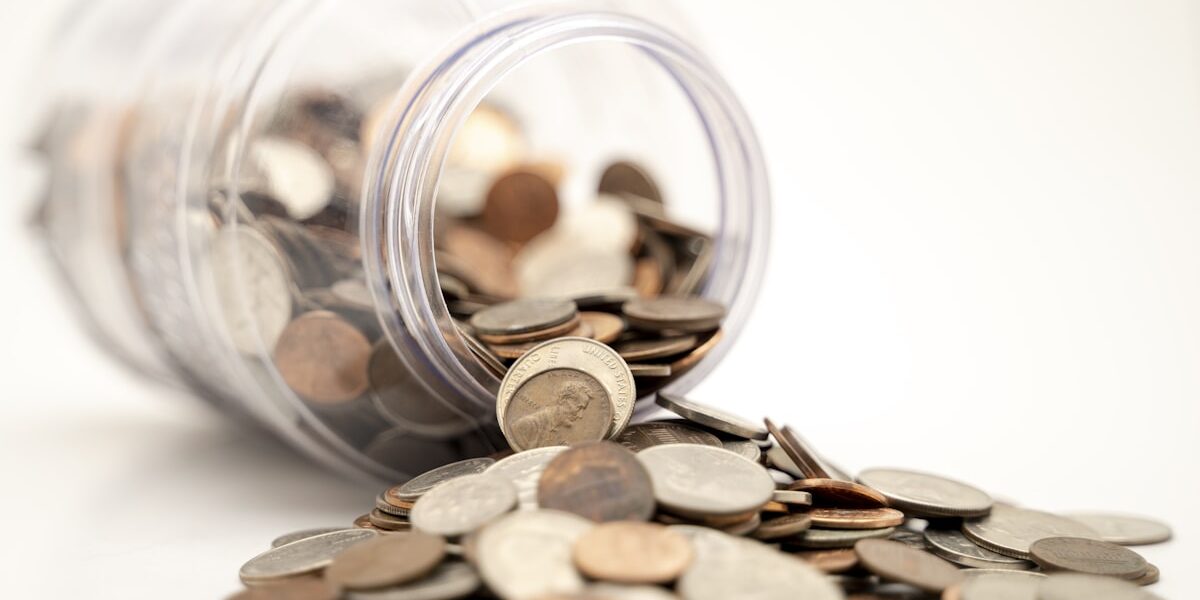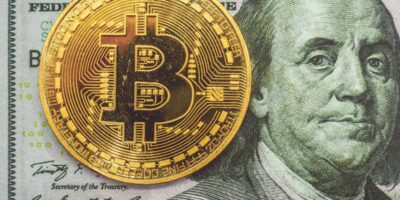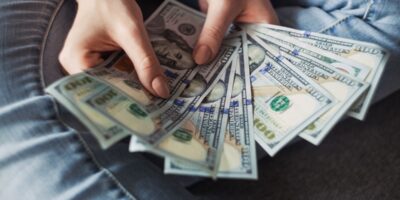The 1914 Quarter Dollar Coin: Understanding Its Value
The 1914 quarter dollar, otherwise known as the Barber quarter, is part of a series minted from 1892 to 1916. Designed by Charles E. Barber, its popularity stems from both historical significance and collectible value. To appreciate this coin’s value, one should understand its background, factors affecting its worth, and current market trends.
The Barber Quarter: A Brief History
Named after its designer, Charles E. Barber, the Barber quarter replaced the Seated Liberty design. Barber, the Chief Engraver of the U.S. Mint, sought a more contemporary look. The obverse features Liberty wearing a cap and laurel wreath. The reverse displays an eagle with outstretched wings holding arrows and an olive branch. Minted in three different locations in 1914—Philadelphia, Denver, and San Francisco—each mint’s coins carry unique values based on rarity and condition.
Production and Mint Marks
Identifying the mint mark is crucial for valuation. Mint marks for the 1914 quarters are found on the reverse side, below the eagle’s tail feathers. The Philadelphia minted coins bear no mint mark, Denver quarters have a D, and San Francisco quarters exhibit an S. Each mint produced different quantities, influencing scarcity and market demand.
- Philadelphia: 7,380,000 (no mint mark)
- Denver: 3,400,000 (D mint mark)
- San Francisco: 264,000 (S mint mark)
Factors Affecting the 1914 Quarter Dollar Value
Condition or Grade: The coin’s condition significantly impacts its value. Collectors use a grading scale from Poor (P-1) to Mint State (MS-70). High-grade coins command higher prices. Grading assesses wear, luster, and any imperfections.
Rarity: The San Francisco mint produced the fewest coins, making the 1914-S quarter especially sought after. Scarceness amplifies value, particularly in higher grades. Even common mints can fetch high prices if well-preserved.
Market Demand: Coin collecting trends fluctuate. Interest in a particular series or historical era can drive prices up or down. Keeping abreast of market trends can provide insight into potential investment value.
Silver Content: The Barber quarter contains 90% silver. Melt value gives a base price, subject to current silver markets. However, numismatic value often eclipses melt value, particularly for well-preserved coins from lesser mints.
Current Market Values
Current values can vary widely, depending on the coin’s condition, rarity, and demand. Coins in average circulated condition might sell for as little as $5 to $10, aligning with the melt value. However, coins with higher grades or more sought-after mint marks can climb significantly in price.
- Philadelphia mint (no mint mark):
- G-4 to VG-8: $15 – $25
- F-12 to VF-20: $30 – $40
- XF-40 to AU-55: $50 – $100
- MS-60 to MS-64: $200 – $500
- Denver mint (D mint mark):
- G-4 to VG-8: $18 – $30
- F-12 to VF-20: $40 – $60
- XF-40 to AU-55: $80 – $150
- MS-60 to MS-64: $300 – $650
- San Francisco mint (S mint mark):
- G-4 to VG-8: $70 – $150
- F-12 to VF-20: $200 – $350
- XF-40 to AU-55: $500 – $1,000
- MS-60 to MS-64: $2,000 – $3,500
How to Determine Your Coin’s Grade and Value
To properly assess a 1914 quarter’s grade, consider consulting a professional. Certified grading provides standard evaluation and ensures market credibility. Holdered coins, those in encapsulated cases, often bring higher sale prices due to trusted certification. DIY grading can be challenging without experience. If you opt to learn, compare against professionally graded examples.
Understanding the Coin Collecting Market
Coin collecting offers a window into history and art, as well as potential financial reward. Some collectors focus on completing specific series, such as all Barber quarters, while others might pursue coins from particular mints or eras. Understanding what drives collector interest aids in estimating value. Analyzing trends in auction results can also provide insights into changing tastes and emerging interests.
Investing in Barber Quarters
Investment potential exists for the 1914 Barber quarter, especially in higher grades or rare mints. Coins often increase in value over time due to rarity and rising demand. However, as with any investment, no guarantees exist. Carefully assess the market, grading, and demand trends. Gauge your level of risk tolerance, and consider consulting with experienced collectors or advisors.
Building a Collection
If collecting Barber quarters appeals to you, start by identifying your goals. Determine whether rarity, condition, or specific mint marks are priorities. Building a collection can be a rewarding endeavor, offering both personal enjoyment and potential appreciation in value.
Engage with collector communities, both online and in person, to develop your expertise and network. Sharing knowledge and experiences enriches the collecting journey. Attending coin shows, auctions, and club meetings can also offer valuable insights.
Final Thoughts on Owning a 1914 Quarter
Owning a 1914 quarter dollar connects you to a piece of history. Whether as an investment, a collection centerpiece, or a family heirloom, its value extends beyond monetary worth. The blend of art, history, and rarity captures the fascination of numismatists and collectors alike. Always take the time to appreciate and understand the unique stories each coin holds.
“`
Recommended Collecting Supplies
Coin Collection Book Holder Album – $9.99
312 pockets for coins of all sizes.
20x Magnifier Jewelry Loupe – $13.99
Essential tool for examining coins and stamps.
As an Amazon Associate, we earn from qualifying purchases.



